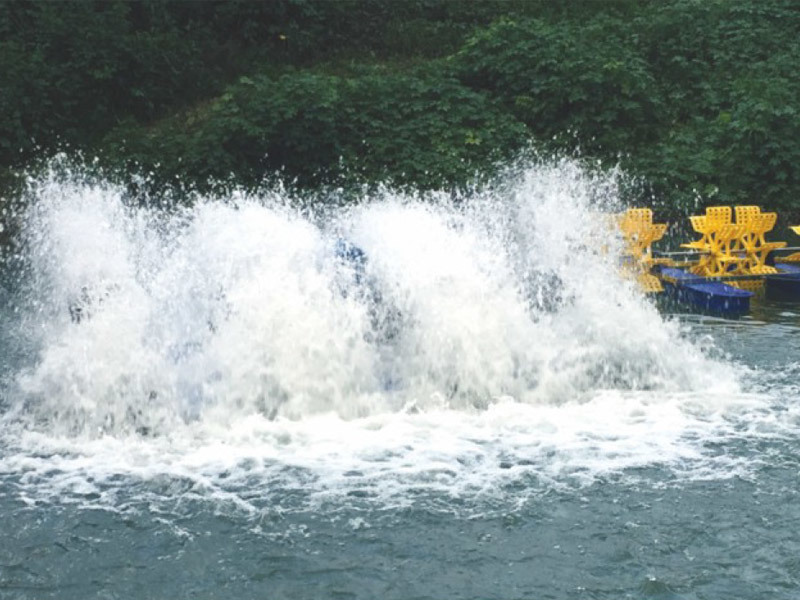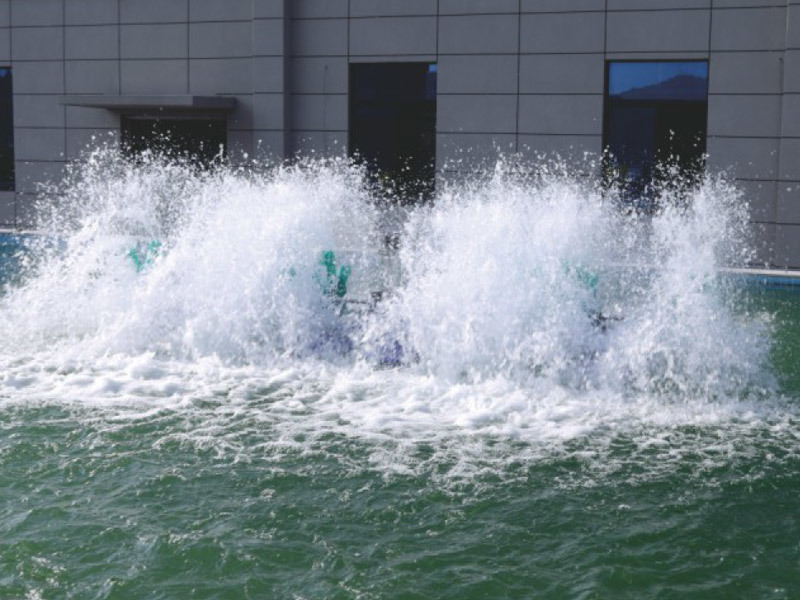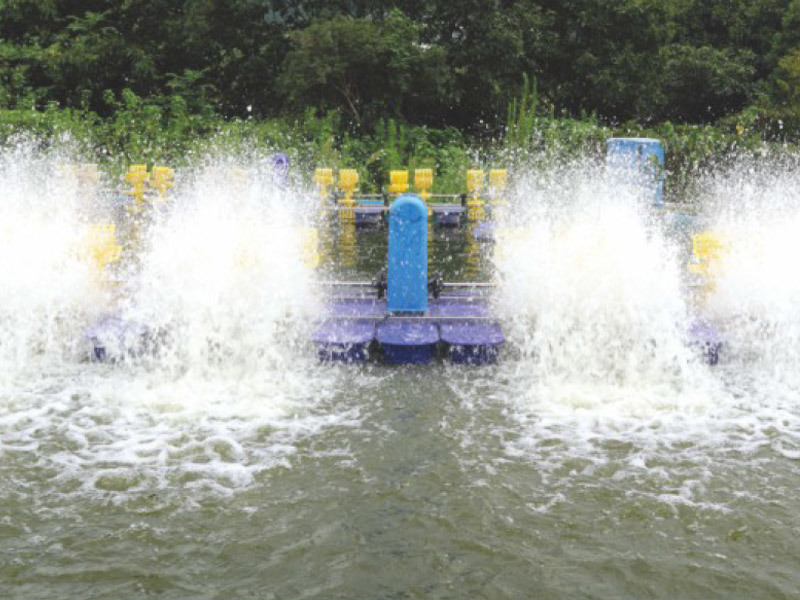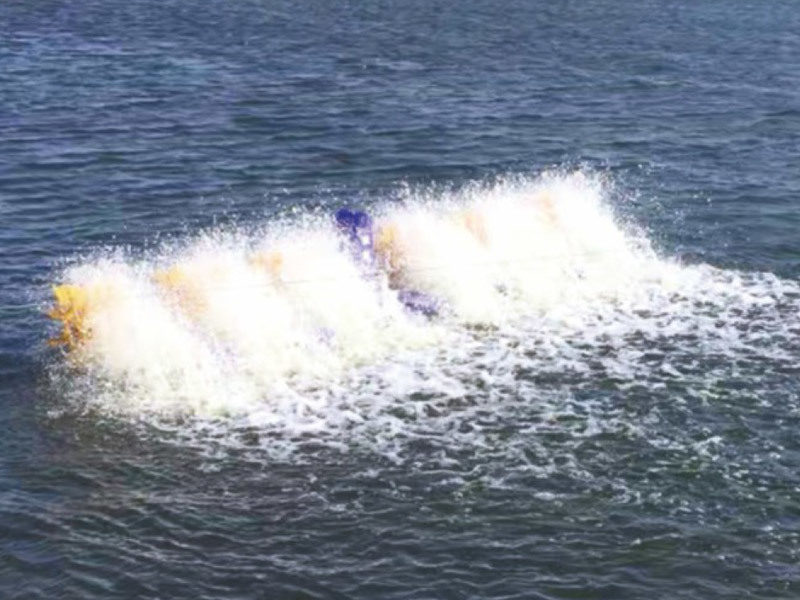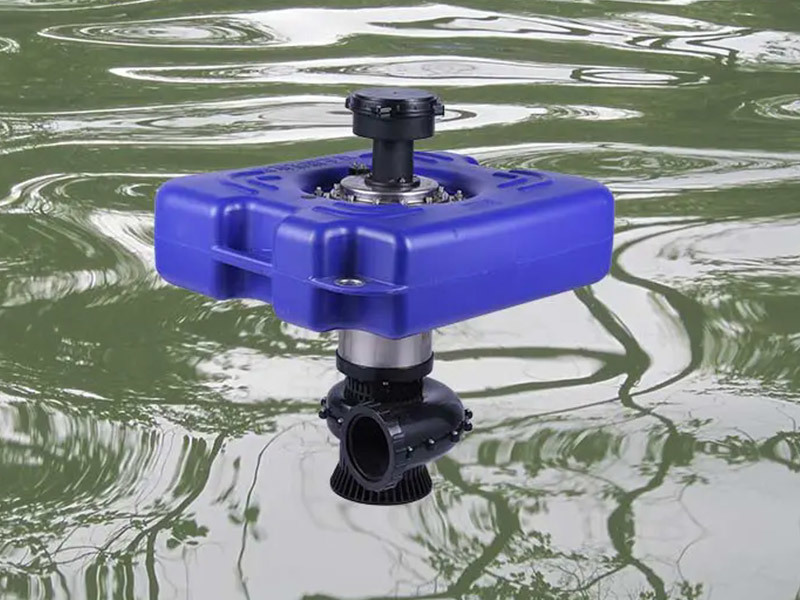The Impact Of Deep Water Jet Aerators On Dissolved Oxygen Levels
May 14,2024
Wholesale Deep Water Jet Aerator Manufacturing Producer
Deep water jet aerator is an engineered device designed to enhance the oxygen content within bodies of water. These systems are particularly useful in various applications, such as aquaculture, wastewater treatment, and the management of lakes and ponds, where maintaining suitable oxygen levels is crucial for the health of aquatic life and the efficiency of biological processes. The deployment of deep water jet aerators can significantly influence the dissolved oxygen (DO) levels in aquatic environments, and this article aims to explore the mechanisms through which these devices operate, their benefits, and the factors that can affect their performance.
The primary function of a deep water jet aerator is to facilitate the exchange of gases at the water's surface. By injecting water at high velocity, these aerators create a vortex that brings water from the depths to the surface, where it is exposed to the atmosphere. This process not only allows for the release of carbon dioxide but also promotes the absorption of oxygen from the air into the water. The increased surface agitation caused by the jet aerator enhances the transfer of oxygen by creating more turbulence and a larger surface area for gas exchange.
One of the key benefits of using deep water jet aerators is their ability to prevent stratification, a phenomenon where water forms distinct layers with different temperatures and oxygen concentrations. In stratified water bodies, the deeper layers can become anoxic, or devoid of oxygen, which can lead to the death of fish and other aquatic organisms. By continuously mixing the water column, deep water jet aerators can maintain a more uniform oxygen distribution, ensuring that all levels of the water body have adequate oxygen for the survival of aquatic life.
The efficiency of deep water jet aerators in increasing oxygen levels can be influenced by several factors. Water temperature plays a significant role, as colder water can hold more dissolved oxygen than warmer water. Therefore, the effectiveness of an aerator may vary with seasonal temperature changes. Additionally, the depth of the water body and the presence of any obstructions, such as plants or debris, can affect the performance of the aerator. In deeper water bodies, multiple aerators may be required to ensure adequate oxygenation throughout the entire volume.
Another important consideration is the design of the deep water jet aerator itself. Some models are specifically engineered to optimize oxygen transfer rates, with features such as adjustable flow rates and specialized nozzle designs that improve the surface area of the water exposed to the air. The power source for the aerator, whether it be electric, solar, or gas-powered, can also impact its efficiency and operational costs.
The environmental impact of deep water jet aerators should also be taken into account. While these devices can significantly improve oxygen levels, they also generate noise and can cause some disturbance to aquatic life. It is essential to carefully consider the placement of aerators to minimize any negative effects on the ecosystem.
In conclusion, deep water jet aerators are a valuable tool for managing the oxygen content in various aquatic environments. By understanding the factors that influence their performance and selecting the appropriate model for a specific application, these devices can be used effectively to maintain dissolved oxygen levels. The long-term benefits of using deep water jet aerators include healthier aquatic ecosystems, improved water quality, and more efficient biological processes in wastewater treatment and aquaculture operations. As the technology continues to advance, the capabilities and efficiency of deep water jet aerators will likely continue to improve, further enhancing their role in promoting a sustainable and healthy aquatic environment.
Latest News




